Case of the Week #546
(1) Maternal fetal medicine specialist, private clinic, Jordan; (2) Obstetrics & Gynecology consultant, private clinic, Jordan; (3) Pediatrician, private clinic, Jordan; (4) Medical student, The Hashemite University, Jordan
Posting Dates: October 1 - October 14, 2021
Case Report: 18-years-old primigravida Syrian refugee, with consanguineous marriage, but no significant medical history, referred at 22 weeks 3 days as a case of polyhydramnios and short femur. Our prenatal imaging showed the following:

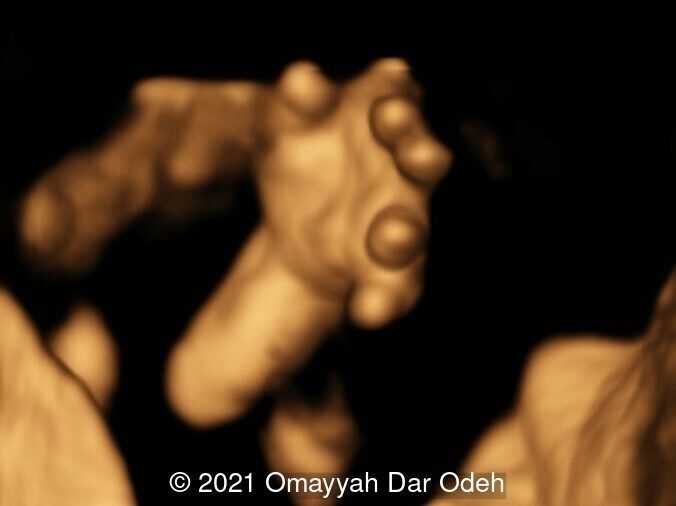
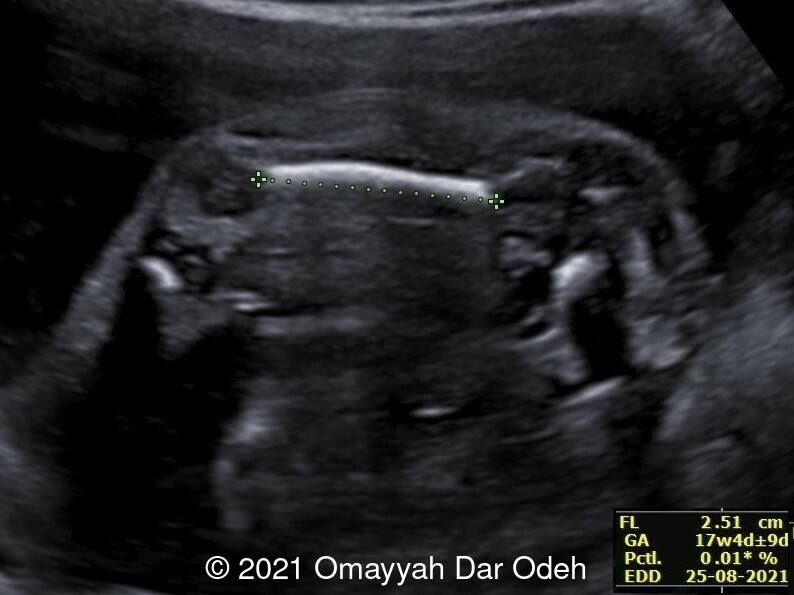
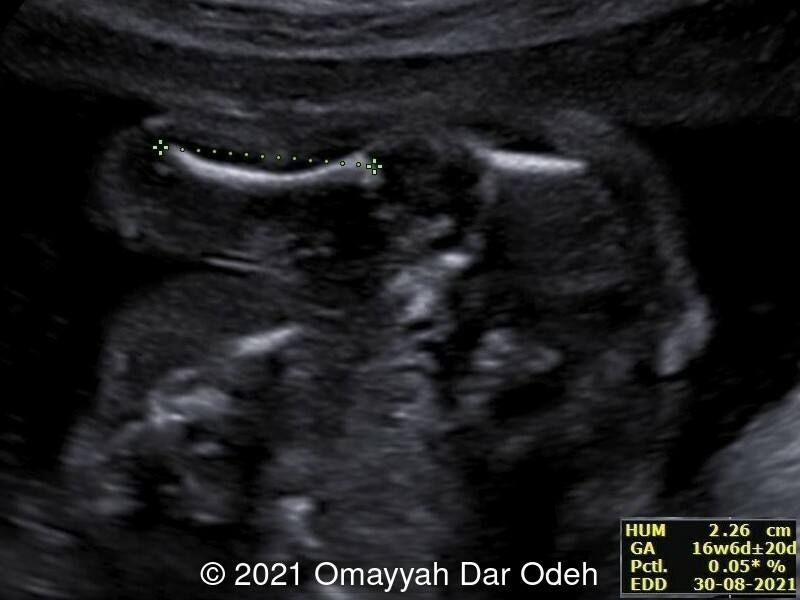
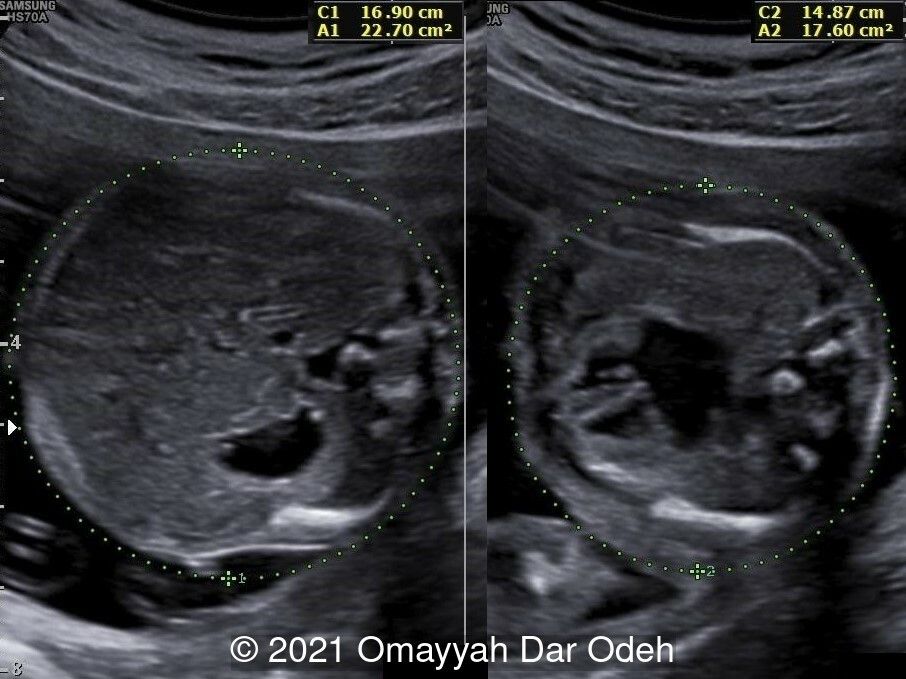
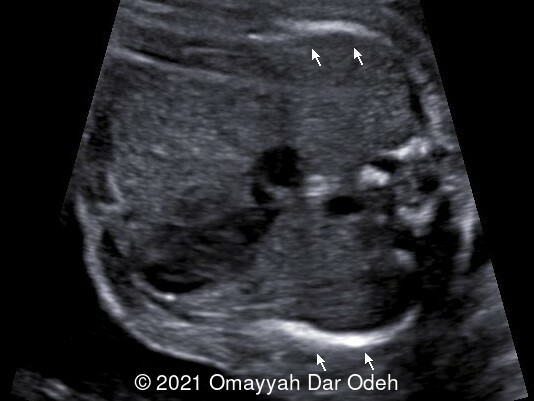
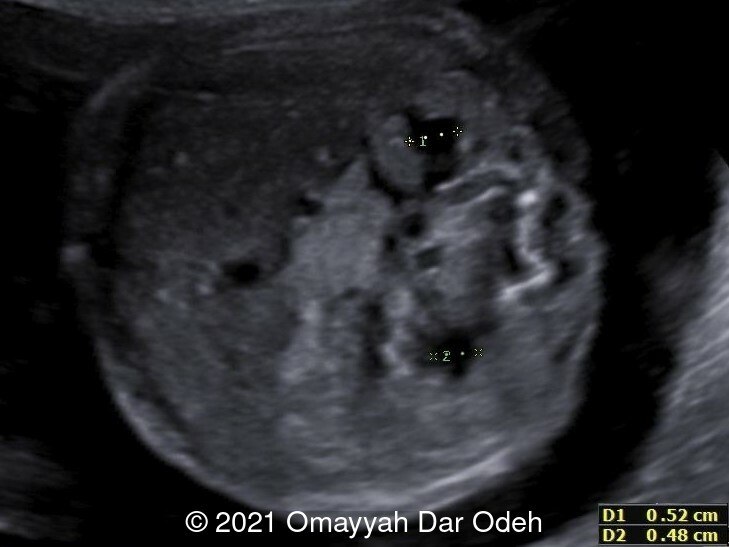
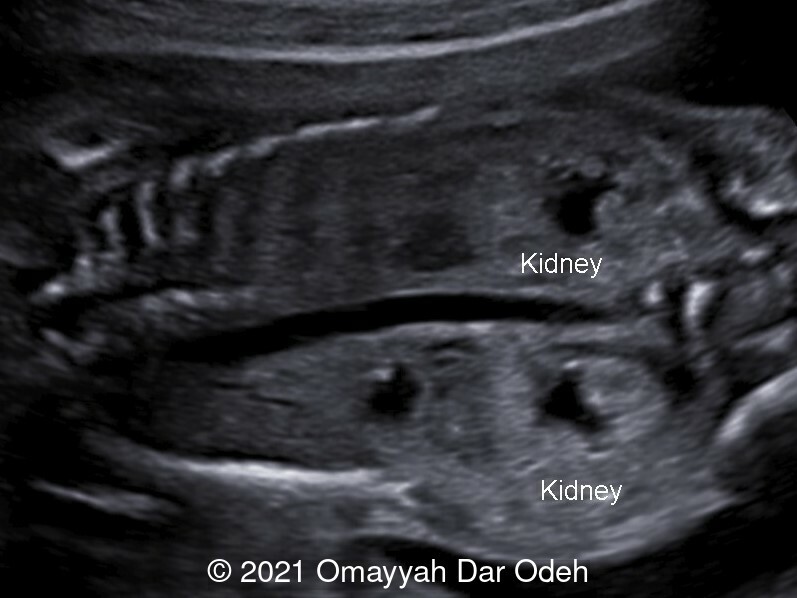
View the Answer Hide the Answer
Answer
We present a case of Ellis-van Creveld syndrome.
Our imaging showed: Common atrium, Persistent left superior vena cava (PLSVC), postaxial polydactyly, short long bones, short ribs, bilateral mild dilatation of renal pelvis.
- Image 1: 3-vessel trachea view reveals a 4th vessel to the left of pulmonary artery, a persistent left superior vena cava
- Image 2: 3D image showing post-axial polydactyly
- Image 3: Short femur
- Image 4: Short humerus
- Image 5: Small chest with short ribs
- Image 6: Axial view of chest showing short ribs
- Image 7: Axial view of abdomen showing bilateral mild dilatation of renal pelvis
- Image 8: Coronal view showing echogenic kidneys
- Video 1: 4-chamber view showing common atrium
- Video 2: Post-axial polydactyly
- Video 3: 3-vessel trachea view reveals a 4th vessel to the left of pulmonary artery, a persistent left superior vena cava
We suspected Ellis-van Creveld syndrome. Amniocentesis was performed and molecular analysis confirmed the diagnosis of Ellis-van Creveld syndrome (EVC, c.922_923del p. (Glu308Thrfs*5)). The findings were confirmed at a subsequent ultrasound examination. The baby was born at term with length of 46 cm, polydactyly, dysplastic fingernails, and a small chest. Echocardiography confirmed a common atrium and persistent left superior vena cava draining into left atrium. No x-rays were done due to lack of financial support as the parents are Syrian refugees.
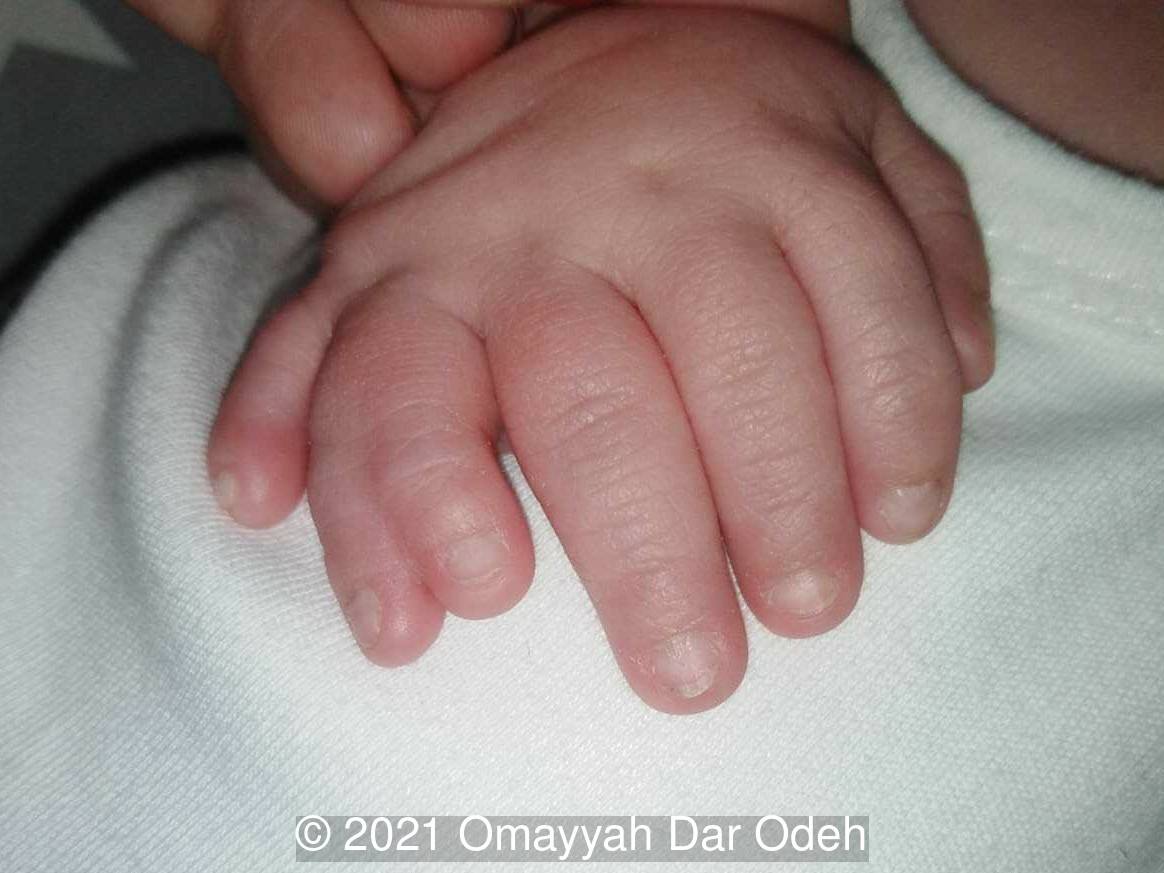
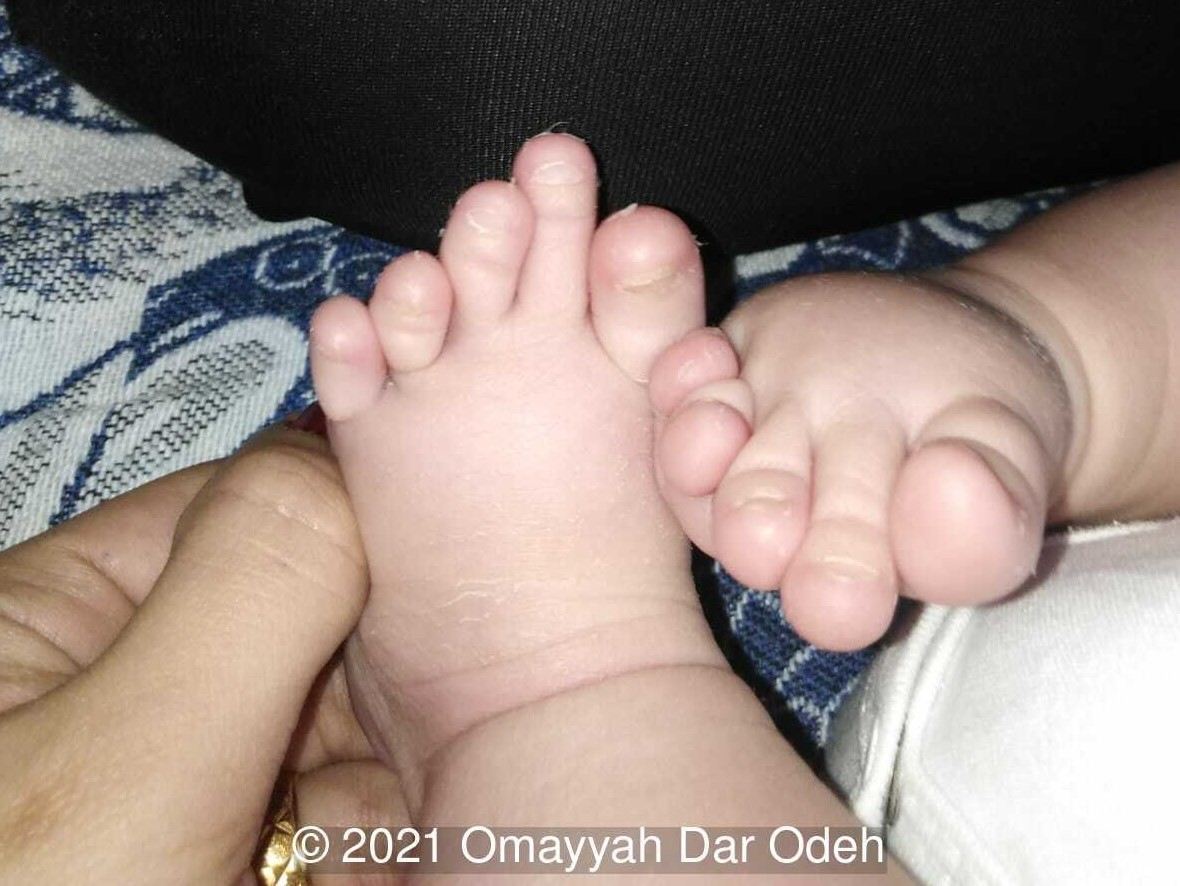
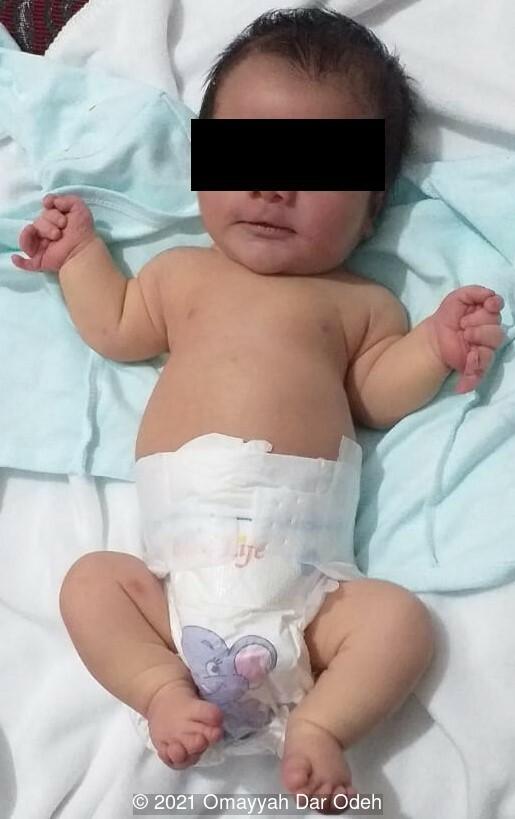
Discussion:
Ellis-van Creveld syndrome (OMIM 225500), also known as Chondroectodermal dysplasia and Mesoectodermal dysplasia, is a rare form of skeletal and chondroectodermal dysplasia which affects all the three ectodermal, mesodermal, and endodermal derivatives. The disorder was described by Richard WB Ellis (1902–1966) of Edinburgh and Simon van Creveld (1895–1971) of Amsterdam [1]. It has an autosomal recessive inheritance with a mendelian risk of 25% for subsequent pregnancies. It is caused by mutations in either EVC1 or EVC2, located in a head-to-head configuration on chromosome 4p16.
Ellis-van Creveld syndrome is one of the rarest ciliopathy syndromes [6]. It is mainly a disorder of the Amish population where incidence is 1 in 5000, and is reported in the Brazilian, Ashkenazi Jewish population as well. Its incidence in non-Amish population is 7 in 1,000,000 [2,6,8]. Ellis-van Creveld syndrome is very rare in the Middle East [6]. Amongst Arabs and Middle Eastern populations, mutation panels for recessive disorders differ from one country to another and between religious denominations due to wide migratory movements that occurred over centuries resulting in the ethnic variability that constitutes these populations [4]. Consanguineous marriages in Syria are relatively common. The mean proportion of consanguineous marriages range from 67.5% in Al Raqa province to 22.1% in Latakia province [5].
Ellis-van Creveld syndrome belongs to the short rib-polydactyly group (SRP) and these SRPs, especially type III (Verma-Naumoff syndrome), are part of the differential diagnosis. Additional differential diagnoses include Jeune dystrophy, McKusick-Kaufman syndrome and Weyers syndrome.
This syndrome has a constellation of characteristic features that include bilateral post-axial polydactyly, mainly involving the upper limbs, short ribs, hypoplastic nails and teeth, congenital heart defects, and chondroectodermal dysplasia. Our patient has all the manifestations. After birth, cardinal features are short stature, short ribs, polydactyly, and dysplastic fingernails and teeth. Heart defects, especially abnormalities of atrial septation, occur in about 60% of cases. Cognitive and motor development is normal.
Definitive diagnosis is molecular, based on homozygosity for a mutation in the EVC1 and EVC2 genes by direct sequencing [2]. In case of potential recurrence, prenatal diagnosis using molecular genetic techniques on DNA extracted from chorionic villus samples is feasible. Early diagnosis and treatment can prevent the patient from various complications and undue psychological trauma [7].
The management of Ellis-van Creveld syndrome is multidisciplinary. Affected individuals can manifest with cardiorespiratory failure as neonates, but generally survive neonatal difficulties [3]. Management during the neonatal period is mostly symptomatic, involving treatment of the respiratory distress due to narrow chest and heart failure. Orthopedic follow-up is required to manage the bone deformities. Professional dental care should be considered for management of the oral manifestations. Prognosis is linked to the respiratory difficulties in the first months of life due to the narrow thorax and possible heart defects. The final body height is difficult to predict [2].
Clinical features of this syndrome vary. While more research is required to explore other genes involved in Ellis-van Creveld syndrome, early diagnosis and therapeutic care are important to achieve a better quality of life [4].
References:
[1] Babaji, P. “Oral abnormalities in the Ellis-van Creveld syndrome.” Indian J Dent Res. Jan-Mar 2010;21(1):143-5.
[2] Baujat, G., Le Merrer, M. Ellis-Van Creveld syndrome. Orphanet J Rare Dis 2, 27 (2007). https://doi.org/10.1186/1750-1172-2-27
[3] Ohashi, Ikuko et al. “A severe form of Ellis-van Creveld syndrome caused by novel mutations in EVC2.” Human genome variation. 2019;6(40). doi:10.1038/s41439-019-0071-9.
[4] Valencia M, Tabet L, Yazbeck N, et al. “Ellis-van Creveld Syndrome: Mutations Uncovered in Lebanese Families.” Case reports in genetics. 2015; 2015: Article ID 28481. doi:10.1155/2015/528481.
[5] Othman H, Saadat M. “Prevalence of consanguineous marriages in Syria.” J Biosoc Sci. 2009 Sep;41(5):685-92.
[6] Al-Fardan A, Al-Qattan M. “Wide-spread cone-shaped epiphyses in two Saudi siblings with Ellis-van Creveld syndrome.” Int J Surg Case Rep. 2017; 39: 212–217.
[7] Subash S, Vandana A, Daniel MJ et al. “Ellis-van Creveld Syndrome: A Case Report.” Int J Clin Pediatr Dent. 2012 Jan-Apr; 5(1): 72–74.
[8] Wahid S, Aslam S, Minhas S, et al. “Ellis-Van Creveld Syndrome in a Neonate.” J Coll Physicians Surg Pak . 2018 Mar;28(3):S44-S45.
Please also review these other cases of Ellis-van Creveld syndrome on theFetus.net: https://thefetus.net/content/articles/category=236
Discussion Board
Winners

aleksandr ilkov United States Physician

Lusine Karapetyan Russian Federation Physician
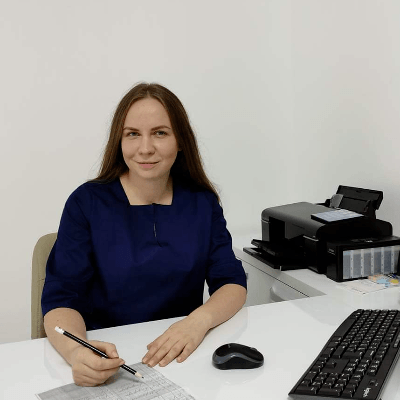
Zhanna Bondarchuk Ukraine Physician

Albert Buwono Indonesia Physician
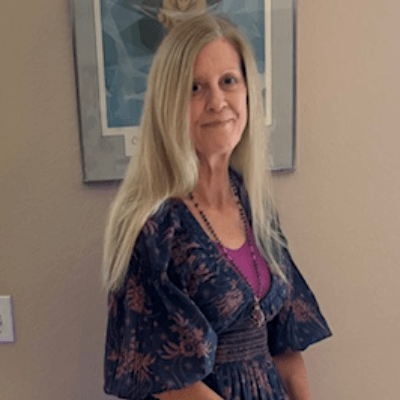
Dianna Heidinger United States Sonographer

Javier Cortejoso Spain Physician

Seadet Zeynalova Azerbaijan Physician

Pawel Swietlicki Poland Physician
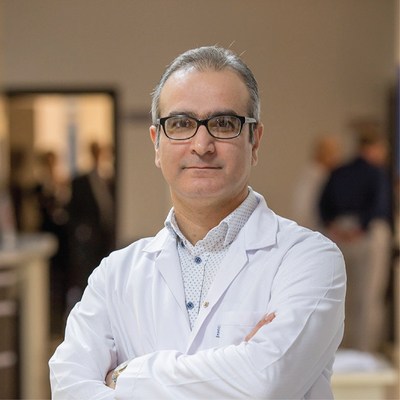
Fatih ULUC Turkey Physician

Umber Agarwal United Kingdom Maternal Fetal Medicine
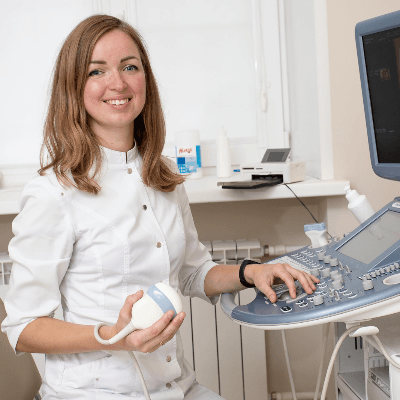
Anna Meshkova Russian Federation Physician

Dmitry Abelov Russian Federation Physician
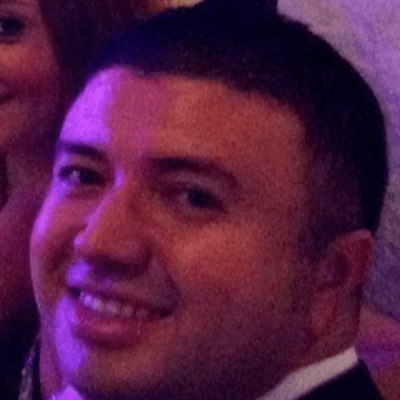
Cem Sanhal Turkey Physician

Larysa Gazarova United States Physician

belen garrido Spain Physician
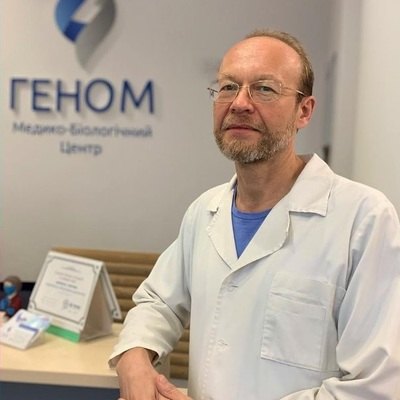
Andrii Averianov Ukraine Physician
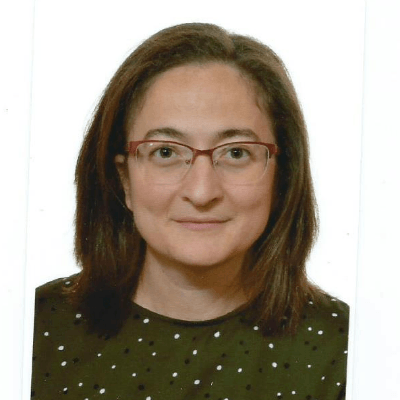
Ana Ferrero Spain Physician
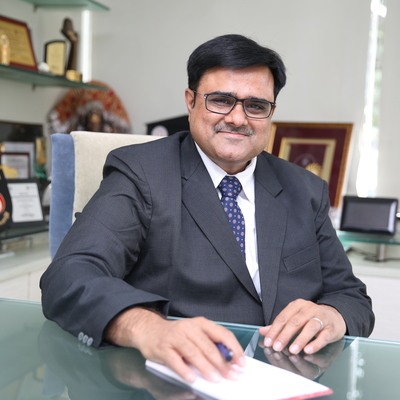
Mayank Chowdhury India Physician

filiz halici öztürk Turkey Physician

aline mansour Lebanon Physician

DAVID BEAUMONT United Kingdom Physician

Boujemaa Oueslati Tunisia Physician
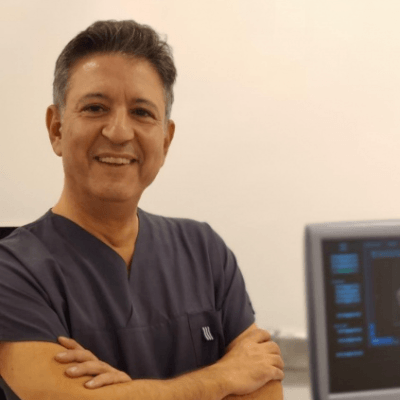
Halil Mesut Turkey Physician

lan nguyen xuan Viet Nam Physician
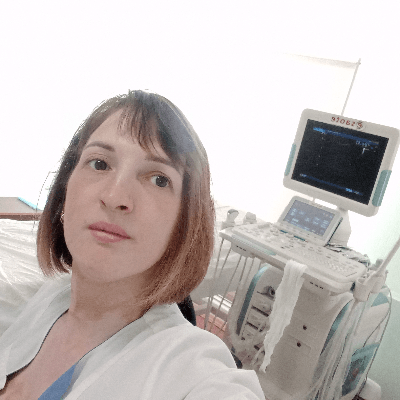
Anna Kravtsova Russian Federation Physician

Philippe Deblieck Germany Physician

Javier Ayala Spain Physician

Tudor Iacovache Romania Physician

Rime NSEIR France Physician

KAORU YAMASHITA Japan Physician
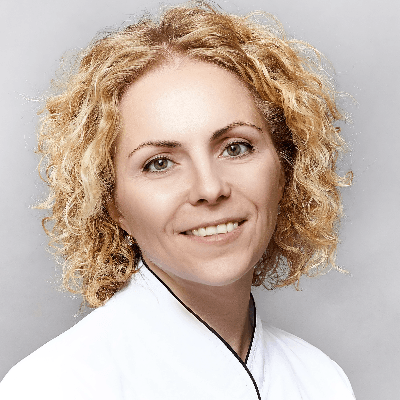
Elena Andreeva Russian Federation Physician
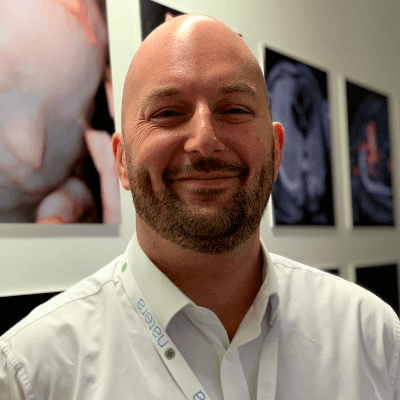
Martin Maher United Kingdom Physician

Samantha Wheaton United States Sonographer

Yasemin Dogan Turkey Physician

Leah Brasse United States

Danielle Hickey United States